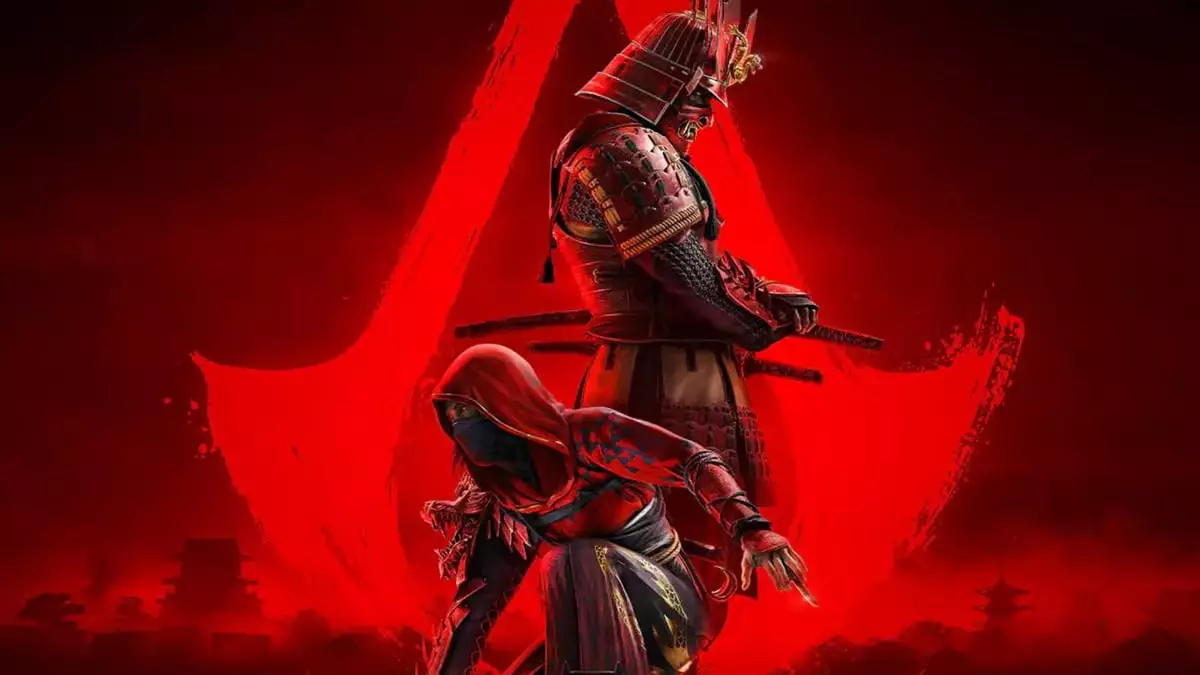As the gaming industry approaches a pivotal transition with the upcoming release of Nintendo’s Switch 2, industry insiders and fans alike are cautiously optimistic about what Ubisoft’s strategic moves signify. Rumors and leaks suggest a transformative potential for the franchise, especially with titles like Assassin’s Creed: Shadows poised on the horizon. This reflects not merely a porting of games, but a deliberate push towards leveraging next-generation hardware to deepen storytelling and gameplay experiences. Ubisoft’s apparent commitment to expanding its flagship series onto the Switch 2 demonstrates a shift in how developers perceive Nintendo’s newest platform—not as a secondary device, but as a primary conduit for immersive, high-fidelity adventures.
The mention of Assassin’s Creed: Shadows in recent earnings calls indicates a deliberate focus on diversifying the series’ landscape. Historically, Assassin’s Creed has thrived on more powerful home consoles, but the inclusion of Shadows on Switch 2 points toward a nuanced understanding: portability and innovation can coexist, enabling a broader audience to access mature narratives previously limited to high-end PCs and consoles. Such moves could redefine the Nintendo ecosystem, transforming it from a predominantly family-friendly platform into one capable of hosting complex, gritty titles that challenge perceptions and broaden consumer expectations.
Breaking Conventional Boundaries with Series & Platform Synergy
The potential port of Shadows onto Switch 2 raises compelling questions about Ubisoft’s future strategy. This game, set in ancient feudal Japan with visceral violence, marks a significant departure from the traditionally more accessible and cartoonish image often associated with Nintendo consoles. In leveraging the Switch 2’s hardware capabilities, Ubisoft might be aiming for an unprecedented blend of portability and mature storytelling. The implications are profound: the console could become a hybrid that not only caters to casual gaming but also appeals to adult players seeking complex, narrative-driven experiences.
What makes this development especially interesting is the observed support for titles like Star Wars Outlaws alongside Shadows. The dual release strategy hints at a new era where Nintendo’s next device is no longer just a niche platform for family-friendly titles, but a serious contender for high-end, AAA gaming. This could foster an environment where players gain access to diverse genres without sacrificing convenience or quality. Moreover, Ubisoft’s confidence in these titles signals an understanding that gaming narratives, even those laden with graphic violence and mature themes, have immense potential on a portable console—challenging traditional assumptions about Nintendo’s audience and platform limitations.
Strategic Risks and Rewards in an Evolving Gaming Landscape
Broadening the scope of Assassin’s Creed onto Switch 2 involves substantial risks, especially considering the game’s mature content. PEGI’s rating of Shadows for violent themes, including graphic decapitations and violence against defenseless characters, demonstrates Ubisoft’s commitment to authentic storytelling, but also raises concerns about platform appropriateness. The challenge lies in balancing mature content with Nintendo’s historically family-oriented user base and reputation.
However, if Ubisoft manages to optimize Shadows for the Switch 2—maintaining high visual fidelity while ensuring smooth performance—it could catalyze a shift in how core gamers perceive Nintendo hardware. This move might encourage other developers to explore burgeoning markets of serious gaming on portable devices, possibly raising standards and expectations across the industry. The potential to play such visceral titles on a handheld device redefines convenience, breaking the misconception that immersion and depth are exclusive to powerful home consoles.
Furthermore, Ubisoft’s strategic release timing, aligning Shadows with the launch of the Switch 2, underscores a calculated effort to capitalize on next-gen hardware hype. This approach not only serves to demonstrate their technical prowess but also to position the Switch 2 as a central hub for diverse, narrative-rich experiences. Such positioning could influence competitors and foster a new era where portability does not compromise maturity, but rather enhances it.
Ubisoft’s apparent intentions with Shadows on Switch 2 highlight a conscious effort to reshape the perceptions of portable gaming. By pushing boundaries and embracing mature themes along with next-generation hardware, the company signals a bold vision for gaming’s future—one that champions versatility, complexity, and innovative storytelling. This strategy could very well redefine what gamers expect from Nintendo’s latest console and beyond, setting a new standard for cross-platform excellence.

